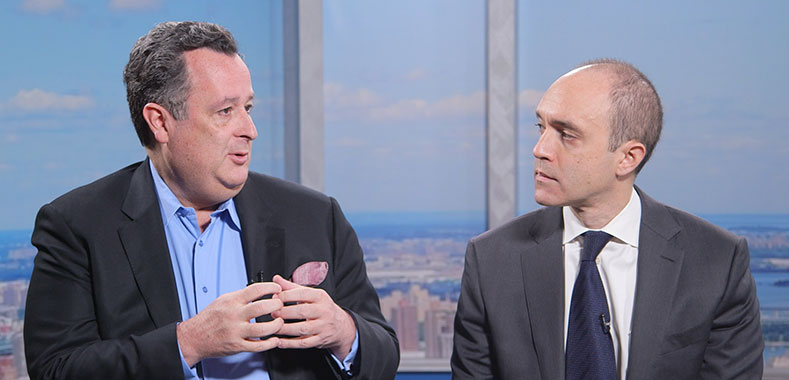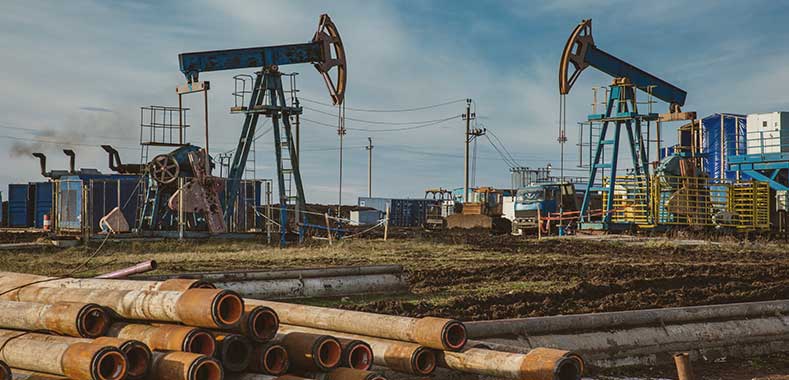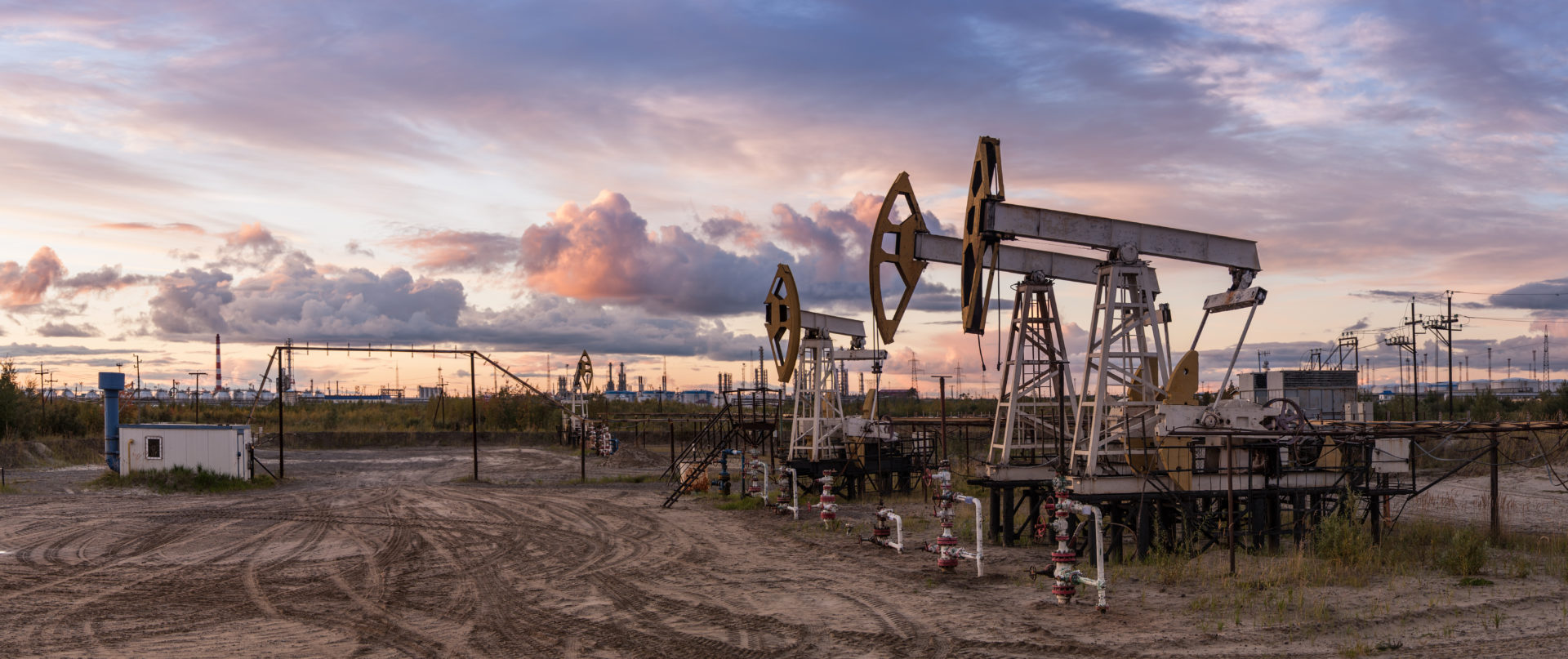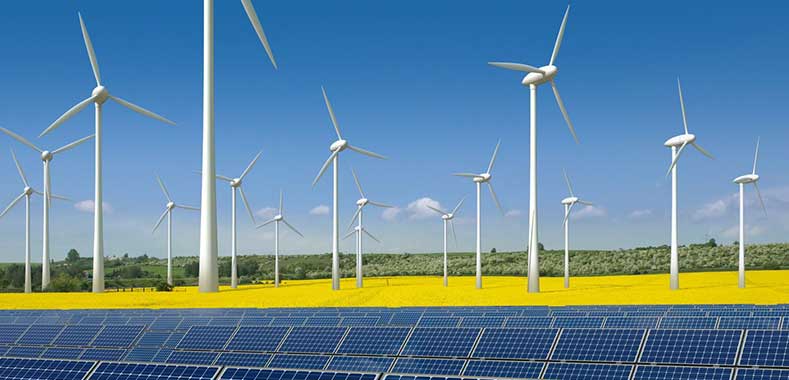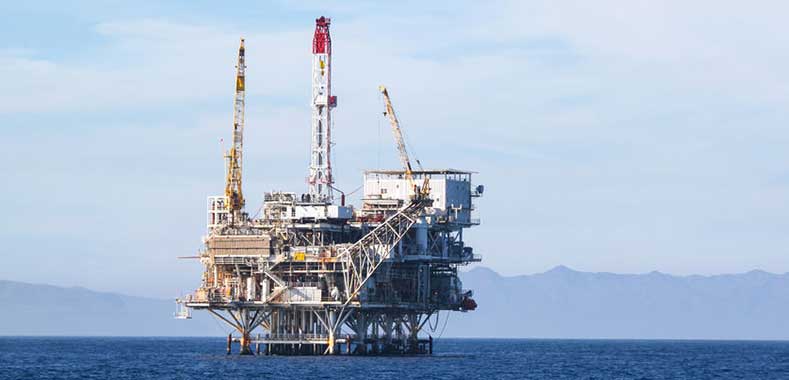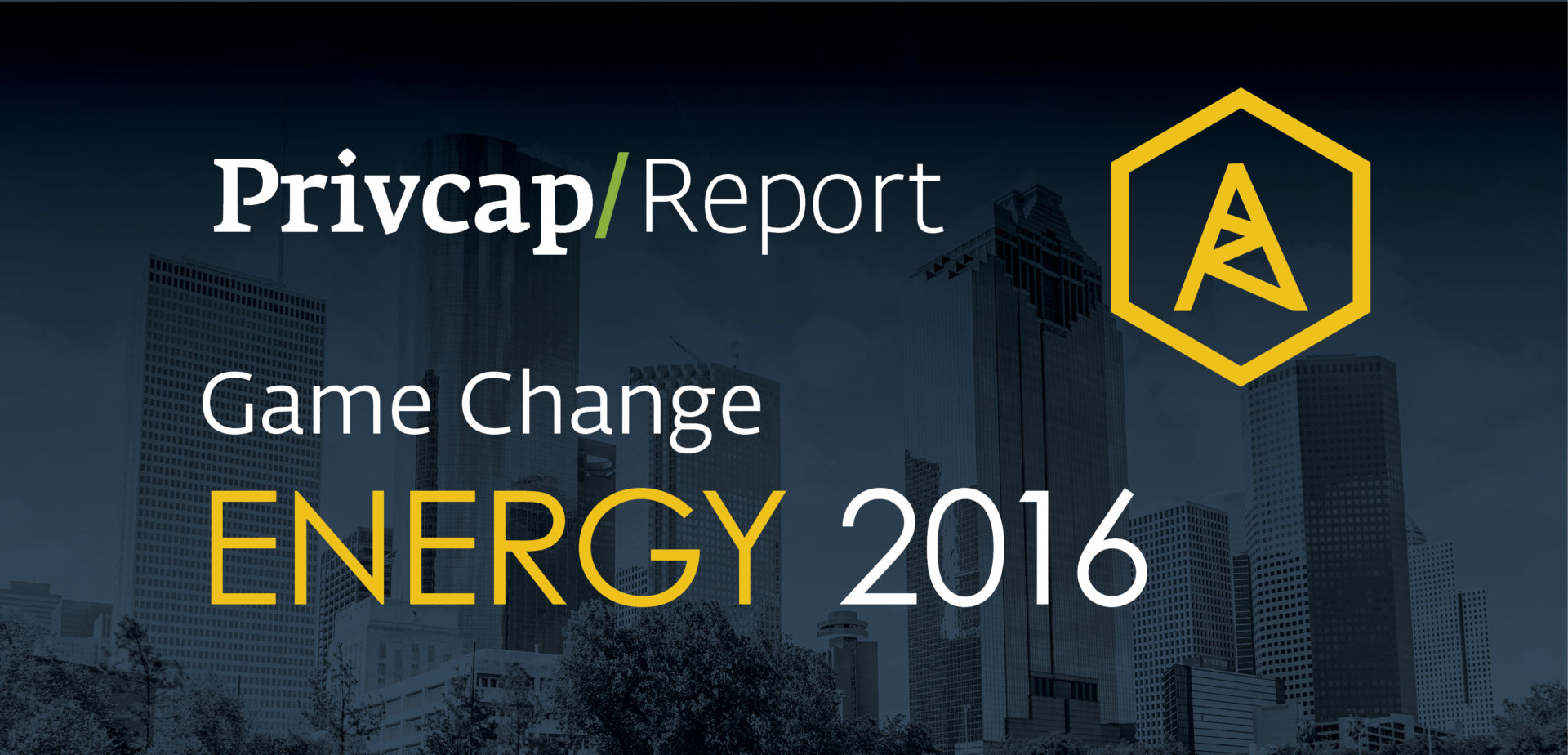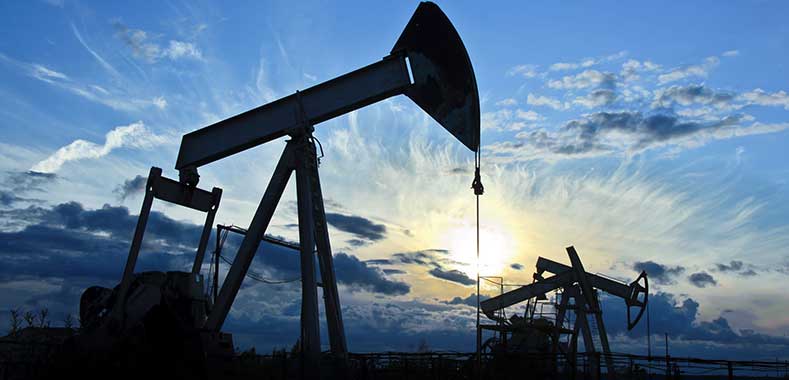
Valuing Upstream Energy in 2017
Steve Sprenger of RSM US LLP discusses the complexities of valuing upstream energy companies, and what price stability means for profitability.
Transcript Download Transcript
Valuing Upstream Energy in 2017
With Steve Sprenger of RSM US LLP
Q1: What are the main differences between valuing an upstream energy company and a typical PE investment?
Steve Sprenger, RSM US LLP:
A general theme with most energy companies is that you are commodity price driven. But, specifically, on the oil and gas side, there are a number of inputs that are different than other types of companies and other types of assets. For example, if we talk about upstream companies, certainly your anticipated oil and gas prices are paramount. But the other important questions are: where are your reserves located? What is the certainty associated with those? Are we talking about valuing proven reserves? Are we talking about valuing expiration property?
The certainty of the proved reserve—even within that category you have proven developed producing, you have proven developed non-producing and you have proven undeveloped. There are various classifications that, of course, affect not only the cash-flow projection, but also what rate you should be considering in discounting those projected cash flows. Other factors from an upstream side [include] your cost, which can be significantly different depending on the quality of the reserves.
One of the things that has really affected the profitability in break-even pricing for the upstream assets is the cost, right? What we’re seeing a lot of these days is…pretty substantial drops in lease operating expense. We’ve seen extensions of EURs and IP rates—that’s initial production and your estimated ultimate recovery. Basically, we’re seeing longer lives associated with wells and greater production and that has a lot to do with the technology that has brought some of these. While it may not have brought overall costs down, it’s brought costs down on a dollar per barrel of oil equivalent recovered.
The transportation cost associated with getting the product to demand is highly important. So, if you’ve got something that’s very isolated, the cost to transport that to a refinery, and ultimately to get it to end demand, matters. It affects the value of a barrel of oil equivalent depending on where you are. Those are all factors that are relatively unique to an oil and gas upstream company.
Q2: What are the main considerations for midstream O&G?
Sprenger: From a midstream company, there are different inputs. You’ve got a bit more stability. Your assets are generally earning a return and a tariff for the transportation or storage of that commodity. So, it really depends on what type of oil and gas company we’re talking about. Then, from an oil-field services perspective, they’re very much dependent upon the E&P, the upstream spending. As that spending changes for those companies, then it changes the revenue and profitability for the oil-field service company.
Q3: Do you expect to see increased investment in the oil and gas space?
Sprenger: At this point, with some stabilization of oil price, I think we’re going to an upswing. What we will see, or should see, is some greater investment made by E&P companies and we are seeing that already. We’ve seen the Baker Hughes rig count dropped to its lowest point last May. We’ve seen a substantial recovery in the rig count.
Even that can be a little bit misleading because the technology over the years has changed. We’re able to better utilize rigs with pad drilling and different things like that—that the number of rigs out there don’t need to be what they once needed to be in order to get the same type of production. That’s one of those issues. The recovery—something could happen tomorrow, some geopolitical shock could affect the price of oil. But, the reality is that most folks are feeling like we’ve reached a stabilization point with $50 oil.
A lot of those break-evens for U.S. plays at this point are ranging between $40 and $60, and I’ve seen a lot more weight toward the lower end of that in recent months. So, with stabilized prices—if we’re saying stabilized prices are in the $50 to $60 range—that makes a lot of plays that much more profitable now.


